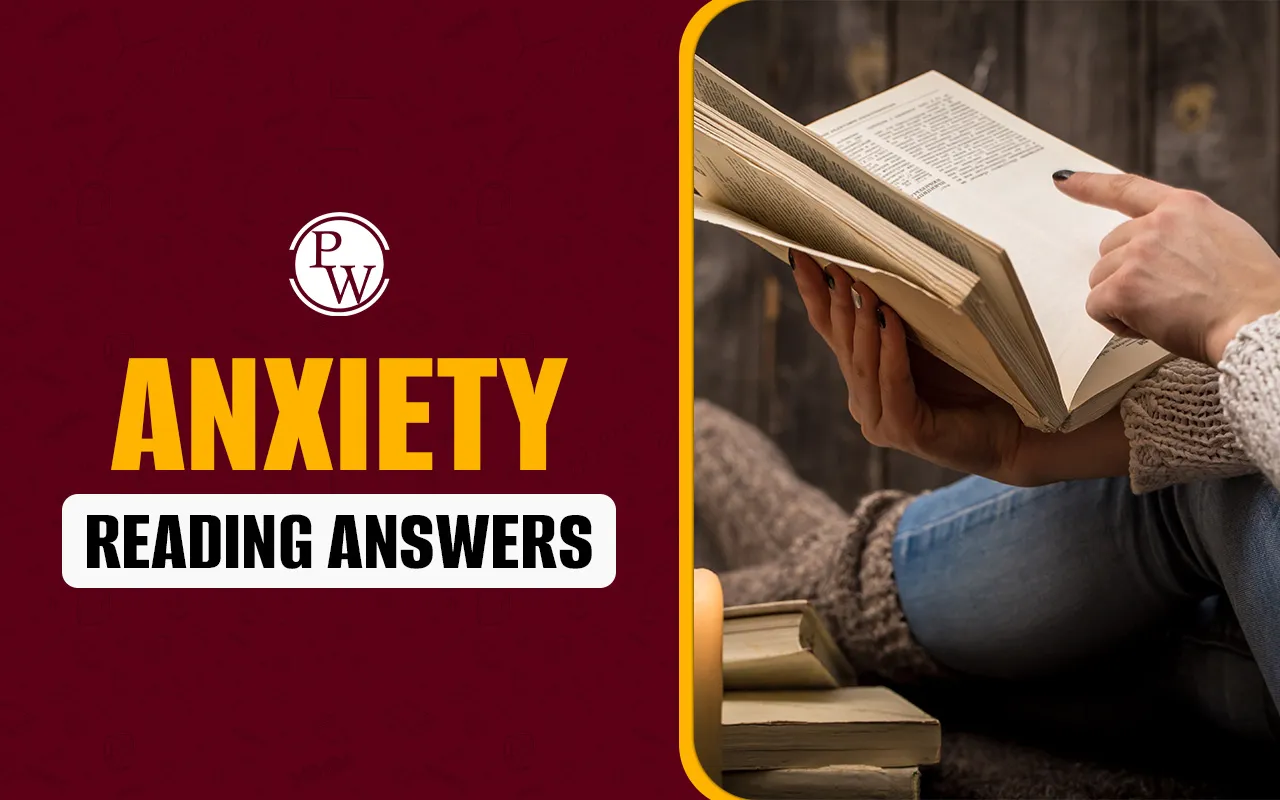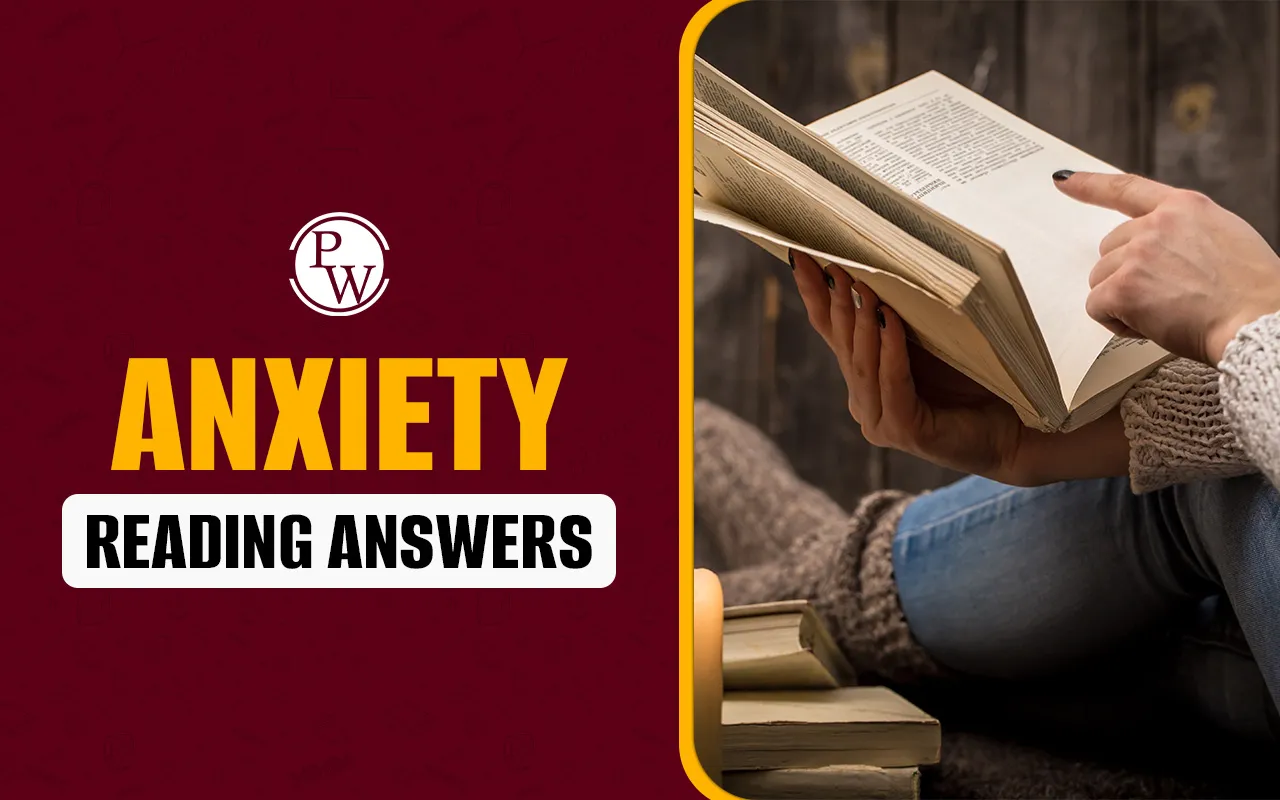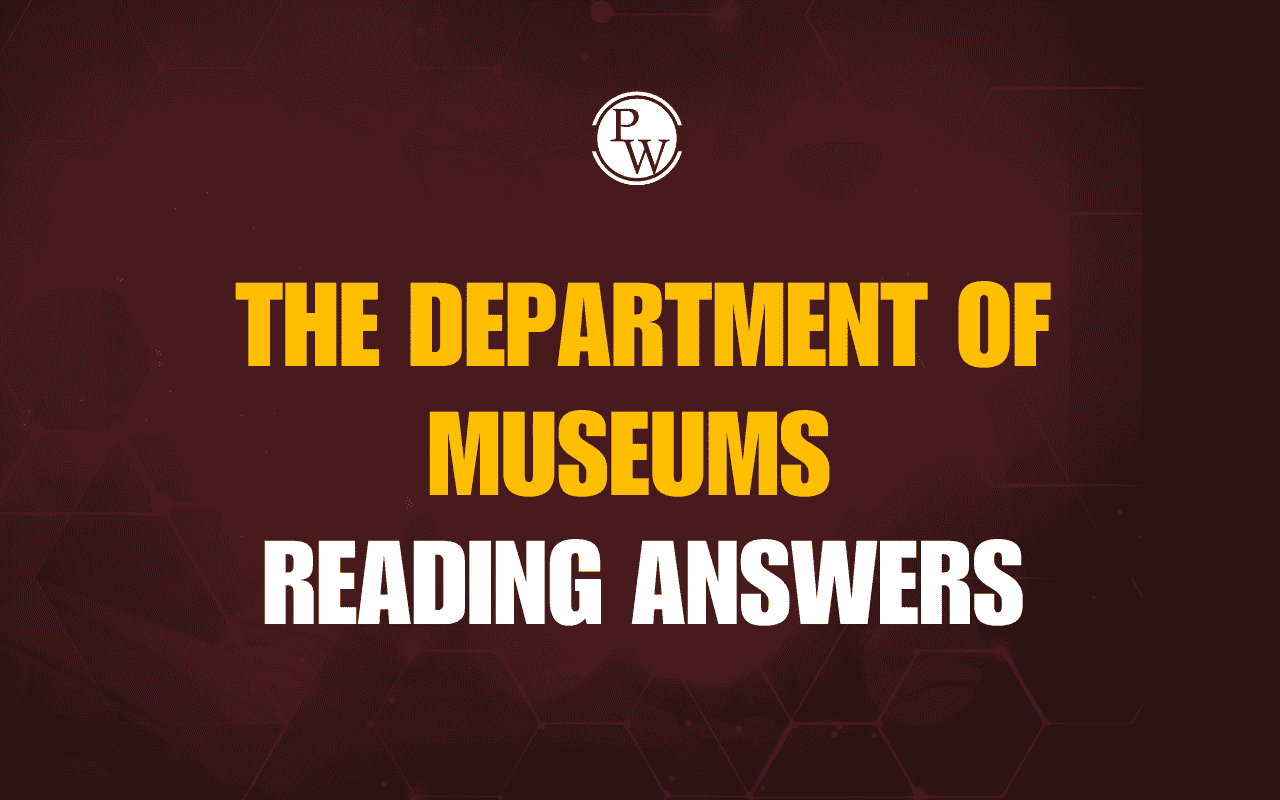
Anxiety Reading Answers: The IELTS Reading test assesses your ability to understand and interpret factual and opinion-based texts. One such passage, "Anxiety", focuses on the causes, impact, and treatment of anxiety disorders. This guide provides detailed Anxiety Reading Answers with clear explanations and sample questions similar to the real IELTS exam. It helps you improve your performance by understanding how to approach different question types such as matching information, true/false/not given, and multiple choice.
Free IELTS Reading Practice Tests
Anxiety Reading Answers Passage
You should spend about 20 minutes on Questions 1-13, which are based on the
Reading Passage below.
Anxiety
A. Anxiety is a common experience that can be a useful motivator or even lifesaver in situations that are objectively dangerous. However, when the anxiety is out of proportion to the danger inherent in a given situation, is persistent and is markedly disabling, an anxiety disorder can be developed.
B. Anxiety is an emotion that all people experience from time to time, and we do that for very good reasons. It has been built into us; we have inherited it from our evolutionary past, because, in general, anxiety has a survival function. If there is a real danger for a primitive man, then anxiety kicks in in an adaptive way. We freeze, we stop doing whatever we were doing, we devote all of your attention to the danger, and our bodies react with a big release of adrenalin, an increase in blood flow to the muscles, getting us ready to run as fast as we can or fight as fiercely as we can.
C. So some anxiety is adaptive, not only for primitive man, but in modern society as well. It helps us to focus on things when we have deadlines and, if someone is driving too fast when we cross the road, it helps us to jump out of the way quickly. So, there is nothing wrong with anxiety in general, and in fact, we would have difficulties if we did not experience it to some extent, but of course, it can get problematic if the danger is one that is imagined rather than real, or the danger is something that is exaggerated. In those cases, particularly if the perceived danger is out of proportion to the real danger, and it is persistent and disabling, then there is a danger of an anxiety disorder. About 17 per cent of the population will have an anxiety disorder at some stage in their life.
D. Anxiety can be caused in a variety of different ways, but any mental disorder is always difficult to diagnose. Scientists are looking at what role genes play in the development of these disorders and are also investigating the effects of environmental factors, such as pollution, physical and psychological stress, and diet. Several parts of the brain are key actors in the production of fear and anxiety. Using brain imaging technology and neurochemical techniques, scientists have discovered that the amygdala plays a significant role in most anxiety disorders. By learning more about how the brain creates fear and anxiety, scientists may be able to devise better treatments for these disorders.
E. Anxiety disorders are a very costly problem in terms of society. Some published figures show that, in the US, it cost $60 billion in one year in terms of lost productivity and in terms of excessive medical investigations that many people with anxiety seek, often thinking they have a physical problem.
F. Given all of this, it is rather worrying that anxiety also has a rather low treatment-seeking rate. Only 10 per cent of people with an anxiety disorder will seek treatment. That seems to be largely because people do not realise there are effective treatments available. Most people tend to think they have had it for most of their lives, so it is just their personality and they cannot change their personality, and so they feel rather hopeless about it.
G. The first psychotherapy treatment that was shown to be effective was exposure therapy, which essentially encourages people in a graded way to go into their feared situations and stay in them as long as they can and build up their confidence that way. Often, the therapist will accompany the person to a feared situation to provide support and guidance. Group cognitive behaviour therapy has also been shown to be effective. This is a talking therapy that helps people to understand the link between negative thoughts and mood and how altering their behaviour can enable them to manage anxiety and feel in control.
H. There are, of course, drugs that can help people with anxiety. Medication will not cure an anxiety disorder, but it can keep it under control while the person receives psychotherapy. The principal medications used for anxiety disorders are antidepressants, anti-anxiety drugs, and beta-blockers to control some of the physical symptoms. With proper treatment, many people with anxiety disorders can lead normal, fulfilling lives.
I. There is plenty of evidence that exercise can help with anxiety problems. When stress affects the brain, with its many nerve connections, the rest of the body feels the impact as well. Exercise and other physical activity produce endorphins, which are chemicals in the brain that act as natural painkillers. In addition to this, getting physically tired can help people fall asleep faster and have deeper and more relaxing sleep. As many people suffering from anxiety often have problems with insomnia, just the ability to get a good night’s rest can change people’s whole perspectives.
J. Anxiety is a normal, but highly subjective, human emotion. While normal anxiety serves a beneficial and adaptive purpose, anxiety can also become the cause of tremendous suffering for millions of people. It is important that people recognise excessive anxiety in themselves as soon as possible, as treatment can be very successful and living untreated can be a misery.
Also Read:
Anxiety Reading Answers Sample Questions
Questions 1–5: Matching information
Match each statement with the correct section (A–J) of the passage.
-
Exercise may help reduce the effects of anxiety.
-
People often do not seek treatment for anxiety.
-
Certain brain parts are responsible for anxiety.
-
Primitive man benefited from anxiety.
-
Some people confuse anxiety symptoms with physical illness.
Questions 6–9: True/False/Not Given
6. All anxiety cases are caused by pollution.
7. Exposure therapy was the first recognised treatment for anxiety.
8. Medication can completely cure anxiety.
9. Sleep disturbances are common in people with anxiety.
Questions 10–13: Multiple Choice
Choose the correct letter, A, B, C, or D.
-
According to the passage, anxiety becomes a disorder when it
A. helps us avoid danger.
B. stops us from reacting to fear.
C. is frequent and disabling.
D. happens only during childhood. -
Cognitive Behavioural Therapy (CBT)
A. focuses only on medication.
B. discourages people from thinking negatively.
C. is only for individuals, not groups.
D. helps link thoughts, emotions, and behaviours. -
Why do most people not seek treatment for anxiety?
A. They fear going to hospitals.
B. They do not know treatments exist.
C. Therapy is too expensive.
D. Doctors cannot diagnose it. -
How do medications help with anxiety?
A. They eliminate symptoms completely.
B. They work without therapy.
C. They support therapy by controlling symptoms.
D. They are used for physical illnesses only.
Anxiety Reading Answers with Explanations
Answers to Questions 1-13
|
Question |
Answer |
Explanation |
|---|---|---|
|
1 |
I |
Paragraph I explains how exercise helps reduce anxiety and improves sleep. |
|
2 |
F |
Paragraph F discusses the low treatment-seeking rate and reasons behind it. |
|
3 |
D |
Paragraph D describes how the amygdala and other brain parts influence anxiety. |
|
4 |
B |
Paragraph B highlights anxiety’s evolutionary function in primitive humans. |
|
5 |
E |
Paragraph E mentions patients seeking medical help for physical symptoms due to anxiety. |
|
6 |
False |
Pollution is mentioned as one of several possible causes, not the only cause. |
|
7 |
True |
Paragraph G says exposure therapy was the first effective psychotherapy treatment. |
|
8 |
False |
Paragraph H states that medication controls but does not cure anxiety. |
|
9 |
True |
Paragraph I explains that insomnia is a common issue among anxiety sufferers. |
|
10 |
C |
Paragraphs A and C clarify that it becomes a disorder when it is persistent and disabling. |
|
11 |
D |
CBT helps individuals understand the link between thoughts, emotions, and behaviours. |
|
12 |
B |
Paragraph F mentions that most people don’t seek help because they are unaware of treatments. |
|
13 |
C |
Medications are used to support therapy by managing symptoms (Paragraph H). |
| IELTS Reading Band Score | IELTS Listening Band Score |
| IELTS Speaking Band Score | IELTS Writing Band Score |
Guidance of PW IELTS
Physics Wallah offers a few popular online IELTS courses for all students. Follow the latest IELTS articles to better prepare for the exam.
| IELTS Registration | IELTS Eligibility Criteria |
| IELTS Exam Pattern | IELTS Syllabus |
| IELTS Exam Dates | IDP IELTS Test Centers |











